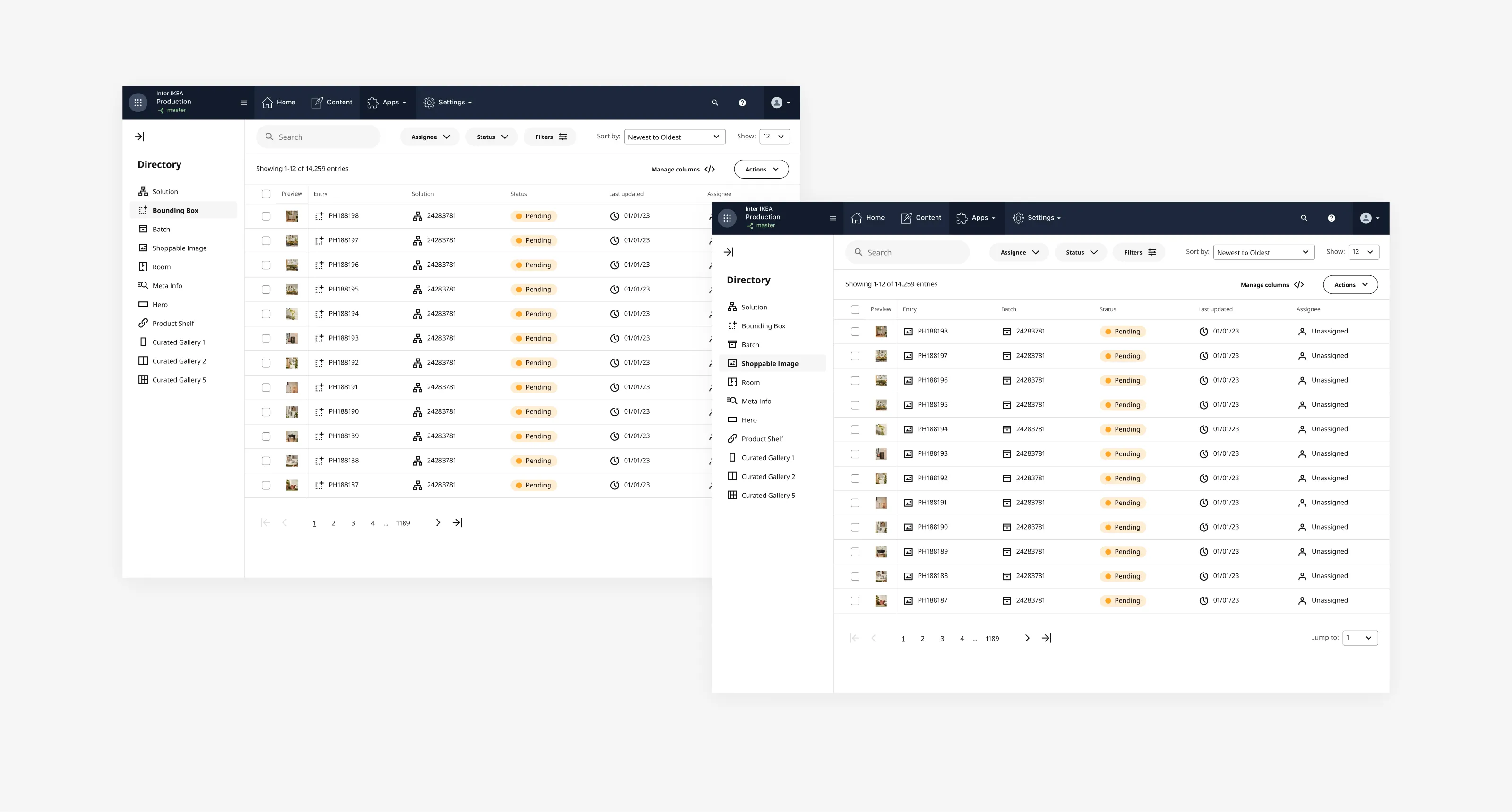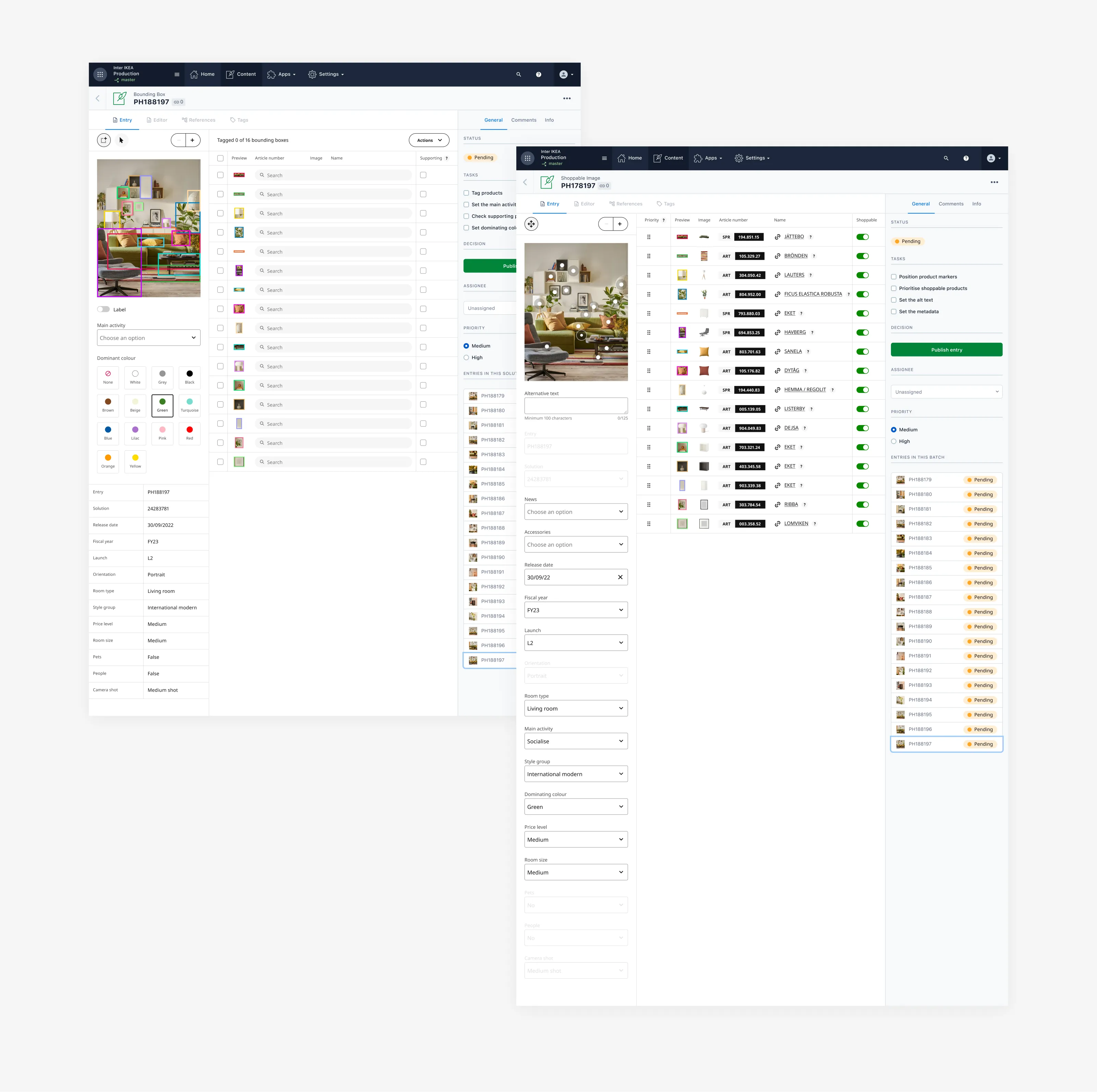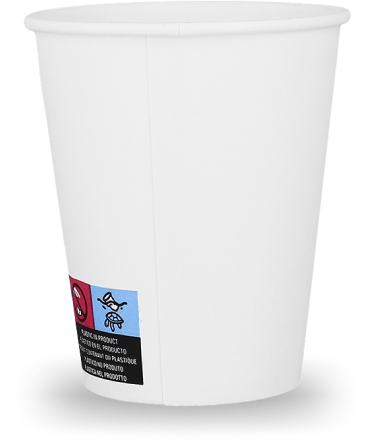Separate content from presentation
Build content models that allow creators to author once, then distribute to multiple channels. This reduces duplication, improves governance, supports global scale.
Reusable templates and blocks
Design modular templates and reusable blocks to standardise content creation. This speeds up workflows and ensures consistency across regions and teams.
Accessible, brand-aligned UI
Apply IKEA’s brand system and WCAG standards to all templates and components. This ensures inclusivity and global coherence.
Figma-based design system
Create a scalable, atomic design system with clear tokens, components, and documentation. This accelerates delivery, keeps teams aligned, and reduces design/engineering drift.
Design rituals and QA
Embed design reviews, documentation, and QA into the development cycle. This ensures build quality, reduces rework, and supports long-term maintainability.



